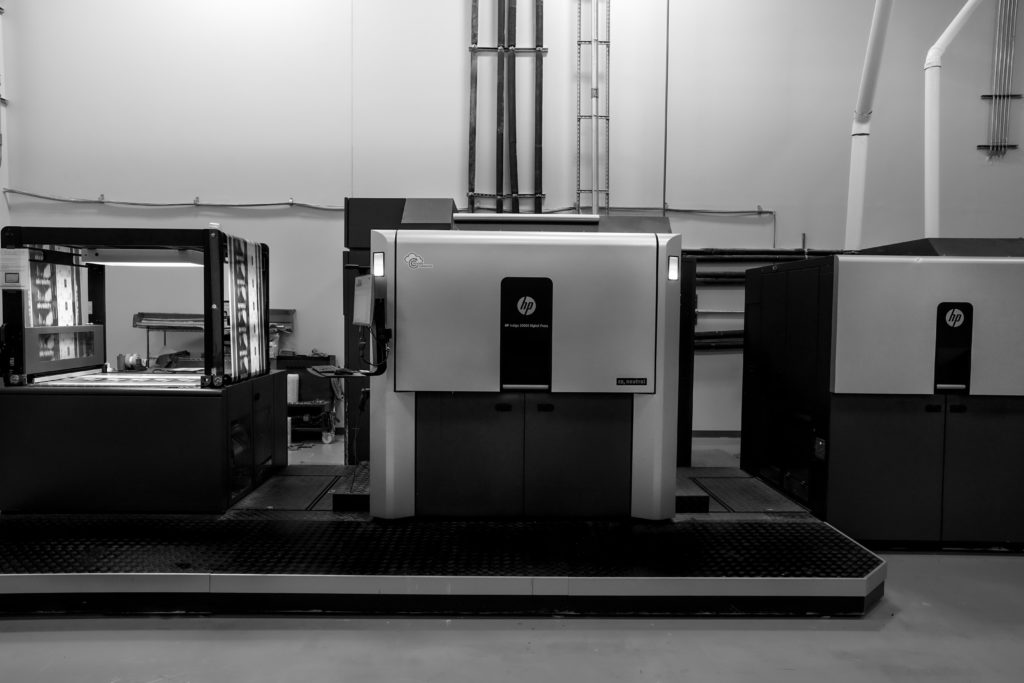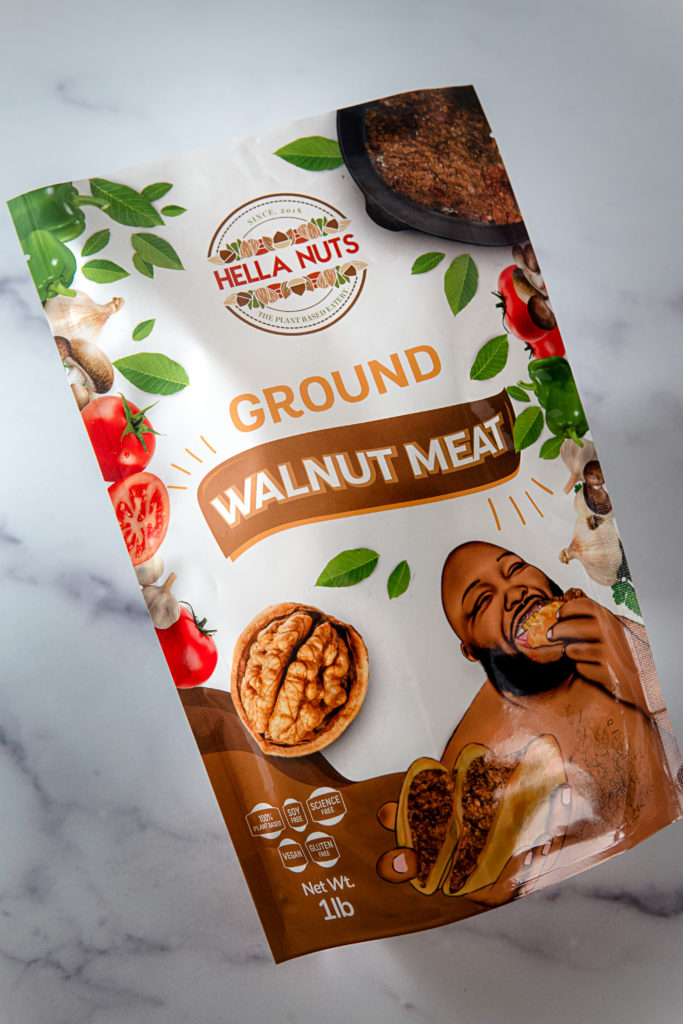As more and more consumers and retailers are looking for companies that offer eco-friendly options, brand owners are oftentimes left wondering where to begin when it comes to developing their sustainability goals. Large brands like Nestlé and General Mills have committed to more sustainable packaging and regenerative farming methods that help reduce greenhouse gas emissions; however, oftentimes small and medium-sized brands are left wondering how they too can stay environmentally-friendly and relevant, without investing significant resources, or without a complete overhaul?
As a brand owner, you can start by looking at your product development. By assessing where you are sourcing your ingredients, your packaging, your energy usage, waste, and more will help to align your actions with your vision. A simple place to begin evaluating your options is by turning to your current distribution and manufacturing partners, or finding new partners, to see which eco-friendly options are available.
When it comes to flexible packaging, there are many sustainable options available. Brand owners can go the sustainable packaging route, with recyclable, post-consumer recycled, or compostable packaging. Or, brands can partner with a packaging manufacturer offering digital print, an inherently more earth-friendly printing method. Some companies are even able to offer both options.
Today, we’re diving into 4 reasons why digital print is an eco-friendly choice for brands of all sizes, and why it may be a good choice for your brand.
1. Digital Printing Helps to Reduce Emissions
Regardless of the type of packaging you choose for your brand, it’s important to take into consideration the carbon footprint and emissions released during production.
The great news about digital printers is that they produce far less CO2 emissions than many traditional and rovograture printing presses. At ePac, our HP Indigo 20000 presses are carbon neutral, allowing the process of digitally printing our pouches and rollstock to have a lower environmental impact than conventional printing.
A reduction in emissions = a happier earth.

2. Digital Printing Reduces Waste
With digital printing, waste is reduced substantially. Unlike with conventional printers, with digital printing, printing plates are not needed for the creation, setup, and production of each SKU. Printing plates wear and tear with time, and new plates need to be created anytime there is a change made to a packaging design, leading to more wasted materials. With digital print, files are uploaded to the press and printed, as you would do on your home printer, which eliminates the waste associated with plates.
Bottom line: No plates means less materials are required, and less waste is produced.
3. Digital Printing Reduces Inventory Waste & Obsolescent Packaging
With the ability to print to demand, print multiple SKUs in one run, and place low minimum orders, brands can drastically reduce obsolescence (both waste and costs) when compared to conventional printing methods. Never again do you have to throw out packaging and lose money due to a changed recipe, design, certification, or regulation.
By cutting down on obsolescence, digital printing helps to keep unused plastic packaging out of landfills, and more money in your pocket.
4. Digital Printing & Eco-Friendly Flexible Packaging Materials
The materials involved in digital print – from the inks to the films – are also sustainable. In addition to our HP digital presses being carbon neutral, they use polymer-based inks, which do not contain any hazardous air pollutants (HAPs). These sustainable inks consume less energy and emit fewer greenhouse gases than solvent-based or UV-curable inks typically used in traditional packaging manufacturing.
With digital printing, you also have sustainable packaging options, including recyclable PE-PE films, as well as films made from post-consumer recycled (PCR) resin content. Both types of packaging keep plastic out of landfills, which is a win-win for brands and consumers alike.

Digital Printing and Your Brand
As you can see, digital printing serves your small to medium-sized company so you can align your sustainability goals, without a complete brand overhaul. The fact is, switching to digital printing will save you from wasted resources and time. You’ll also enjoy an easy ordering process, and more money in your business, since less will be tied up in inventory.
Plus, compared to analogue, or conventional printing, digital printing is a far more sustainable option since it uses less energy, produces less waste, and has a smaller carbon footprint overall. When it comes to flexible package creation, the environmentally conscious choice is digital printing.
Want to learn more? Check out HP’s video that explains how digital printing technology can easily help you create a more sustainable product and lower your carbon footprint, while delivering a superior package.
Partnering with a Digitally Printed Flexible Packaging Manufacturer
If you’re curious about what digitally printed custom flexible packaging could do for your brand, our team of flexible packaging experts would love to talk to you. Give us a call or request a free quote to take advantage of our flexible packaging services with all the benefits of digital printing including sustainability, short runs, fast turnaround time, and endless customizable design options.

